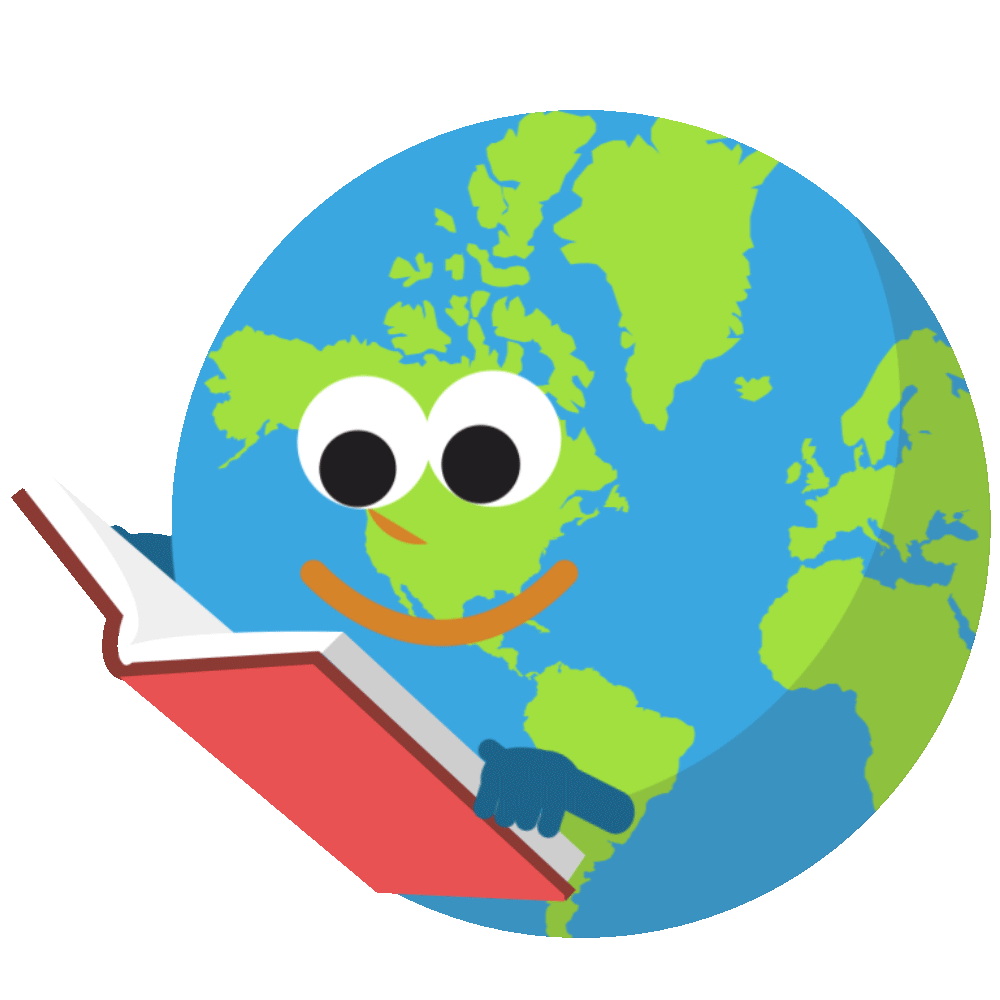“Educators demonstrate a broad knowledge base and an understanding of areas they teach.”
This standard is important as educators if we are excited about something the students may be more engaged. Educators can also answer more questions and give more information about things in the moment. It also makes it easier to plan lessons around things that we know. We can effectively scaffold learning experiences, anticipate and address student misconceptions, and offer diverse perspectives to enrich classroom discussions. There’s a lot of subjects to be knowledgeable on for Elementary but if we can find a commonality between them it’ll make it easier to teach and learn more about. Plus it can help introduce new ways to teach something or incorporate. It’s important for educators to know what they are teaching so that students know they are getting enough information about the subject. Outside of the classroom we can use our knowledge to be mentors and role models, motivating our students to further their own knowledge in and out of school.
In my first practicum, I wanted to try some different things with the students that I have tried and liked.
We went snowshoeing before the snow melted. It is something I like doing and also did when I was in school. I created a PowerPoint talking about the history of snowshoes and showed them a video about different types. I wanted them to know the connection to Indigenous Peoples of Canada and how they created what we use now. This got the students excited for getting to try snowshoeing and had fun burning off energy.
Cubelets

I introduced students to Cubelet robots. They’re cubes that you mix and match to create different robots. I wanted to introduce them to robotics while incorporating math and real life examples. I had to learn how to use these myself before I taught them. I spent awhile researching and watching videos on different ways to use them and what not to do when using them.
Students got to explore and create/test their own creations.
Cubelets come in three types: Sense blocks, Action blocks, and Think blocks. Sense blocks are black, Action blocks are clear, and Think blocks are different colors. Most Cubelets have five connection faces and one special face, which identifies the function of that Cubelet. Others have six connection faces and their function is indicated by their color. Every Cubelet has a small LED light in one corner. When the Cubelet is part of a robot and the robot’s Battery block is turned on, the LED light is on, too. The LED light shows that the Cubelet is getting power and talking to its neighbors. Each Cubelet robot must have one Battery block which powers all the other blocks in the robot.

